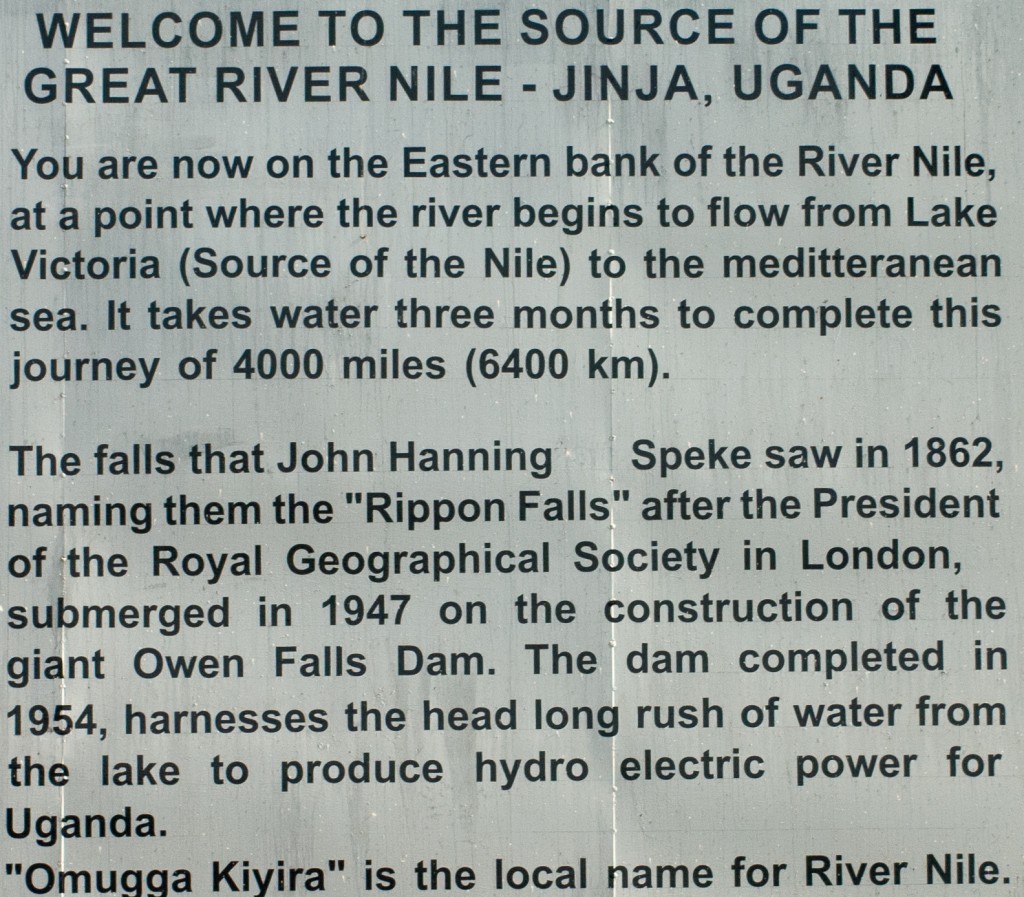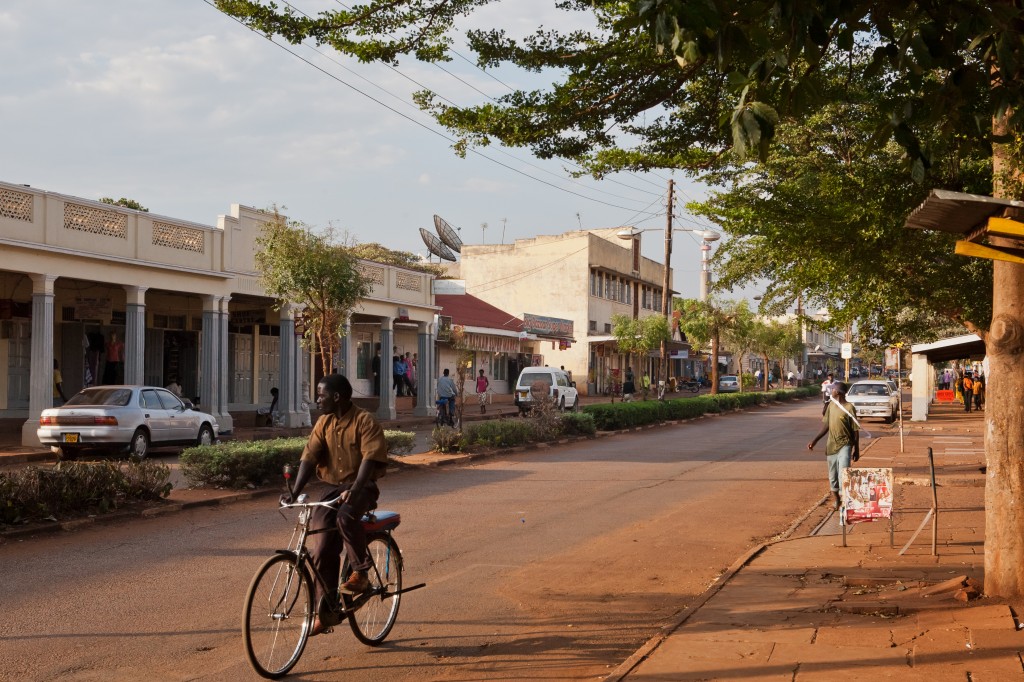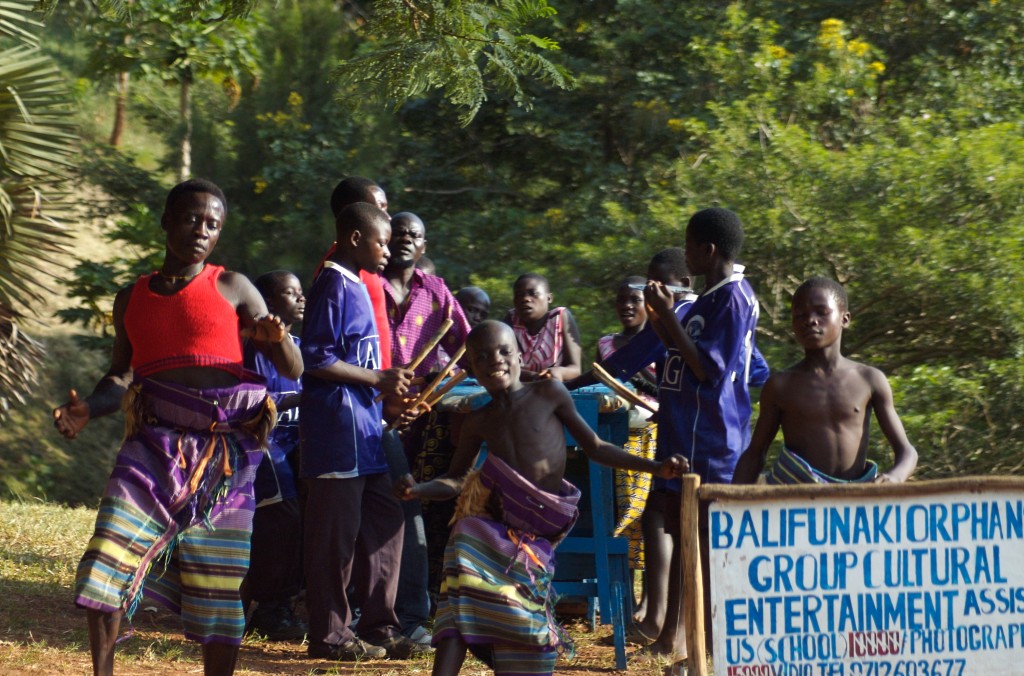The Nile, downstream of the Owens Falls Dam. © Diponkar Banerjee
Over a century and a half ago, on July 28th 1862, John Hanning Speke identified the source of the Nile at what he named as Ripon Falls (after George Frederick Samuel Robinson, 1st Marquess of Ripon, who was the President of the Royal Geographical Society at the start of Speke’s expedition in 1859) . He had already discovered Lake Victoria in 1858, and correctly concluded that the lake was the source of the Nile, but could not prove it until his second expedition. His account of the first view of the source at Ripon is rather brief, almost anticlimactic, and probably understated (he was scrupulous about not exaggerating his observations, preferring to be factual and accurate, most likely as an antithesis to Burton’s flamboyant and embellished descriptions designed to show how great an explorer he was) and largely lost in his daily journal which is full of the usual tales of how many animals were shot during his expedition.
Burton and Speke never really worked well together and Burton always tried to belittle and dismiss Speke’s contributions especially the discovery of Lake Victoria and the source of the Nile. Much of the controversy has been documented in various biographies.
On September 15th 1864, the day before a scheduled debate in Bath between the two men, Speke died of a self inflicted wound, ruled a hunting accident. Reading about Speke’s miraculous escape from his Somali captors who were spearing him while his hands were bound, the ruling of an accidental death does not ring true as he was a very fit and experienced hunter. One wonders whether Burton’s ruthless and unscrupulous behavior had eventually driven Speke to take his own life. This was the topic of much speculation and well described here. He was later portrayed as a “cad” for claiming credit for his discoveries instead of acknowledging Burton as the “discoverer”. More modern authors such as Tim Jeal and W. Bliss Carnochan have vindicated him .

Bliss Carnochan is the Richard W. Lyman Professor of Humanities, Emeritus, and was director of the Stanford Humanities Center from 1985 to 1991.
An interactive Google satellite map of the region is shown below.
The following billboard marks the exact source of the Nile opposite the bank where Speke first saw Ripon falls, now hidden by higher water levels caused by the Owen Falls Dam (now called the Nalubaale Power Station) which was built in 1954. Note that “Ripon” is misspelled as “Rippon”.
An old movie showing the source of the Nile and the original Ripon Falls can be seen here.
An old photo of Ripon Falls before it was submerged when the Owen Falls Dam was completed can be seen here.
The original flow at the Owen Falls Dam can be seen here. The thunderous flow of water has now been subdued, being enterly under the surface of the river, presumably due to the addition of the Kiira (Kiyira) Power Station.
Bujagali Falls
Further downstream was the Bujagali Falls, shown below in 2008, now also submerged due the construction of the Bujagali Dam and Power Station in 2011.
The Nile, at Bujagali Falls. © Diponkar Banerjee 2008.
Jinja town
The town of Jinja, previously a thriving, bustling and successful community, now is a mere shadow of its previous glory. The name is derived from the Luganda word for rocks, ‘Ejjinja. Built by the British in 1907, it was largely populated by East Indians until Idi Amin’s decision to expel all Asians from Uganda in 1972.
HIV, the greatest creator of orphans in Uganda, has also affected Jinja. Many orphans are looked after by communities and survive on tourist dollars by dancing and singing at popular tourist spots (see below), but begging is less noticeable than in the old days of British rule.
A great slide show of the present day Jinja and the nearby Kakira can be seen here.
News footage of Uganda published on November 9, 2012, 40 years after the expulsion of Ugandan Asians by Idi Amin can be seen here.
Bust of Gandhi, Jinja. © Diponkar Banerjee 2008.
Some of Gandhi’s ashes were immersed at the source of the Nile after his assassination in India on January 30, 1948.











